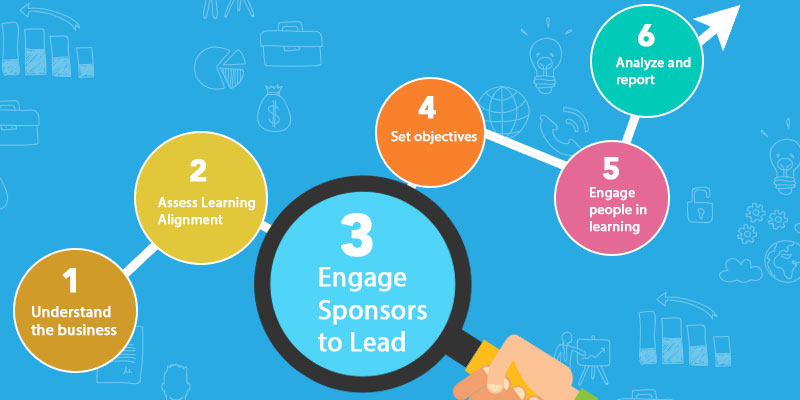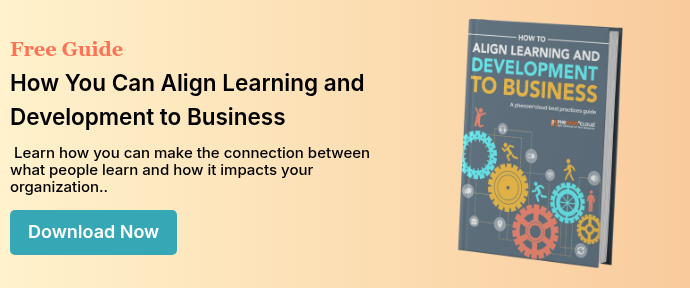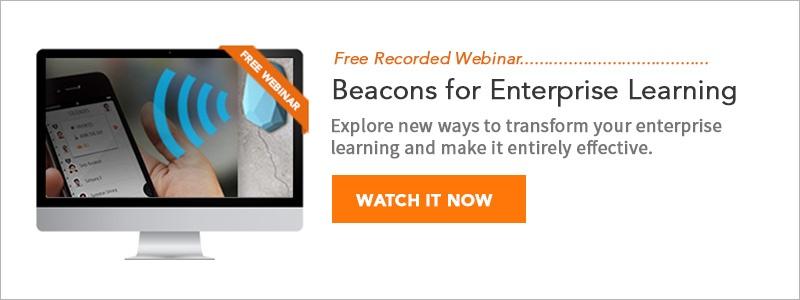
This article is the fourth in a seven-part series on becoming a strategic partner by aligning learning and development with business objectives. In the previous article we discussed how to assess the current state of the business impact of learning. In this step, will engage business leaders to sponsor their learning initiatives.
 Sponsors are the leaders responsible for business objectives. You will be asking them to participate with you in identifying and deploying programs that will help them meet their goals. They can be at any level of the organization, but they must have the authority to control the resources needed to achieve their objectives.
Sponsors are the leaders responsible for business objectives. You will be asking them to participate with you in identifying and deploying programs that will help them meet their goals. They can be at any level of the organization, but they must have the authority to control the resources needed to achieve their objectives.
In Step 2 we evaluated learning programs and estimated their impact on business goals. We also listed programs that support strategic or other objectives. Then we assessed the gaps where goals do not have programs supporting them but might need intervention. Now we begin forging the partnerships what will carry us toward full alignment.
A Conversation About Performance
Armed with the assessment of your learning programs and your new purpose, begin meeting with the business leaders who will help you drive your new initiative.
Your purpose is to form a partnership with you in a consultant role. You will do that by understanding their challenges and their perception of how learning programs can help.
- Explain your purpose and how you are planning an initiative to use alignment, measurement and management to align your efforts with the business.
- Explain that your initiative is not about you – it is about them and their objectives.
- Understand their business challenges.
- Get feedback on the sponsor’s perception of current learning performance and impact on objectives.
- Ask the sponsor to help you review the business impact of the existing activities you identified as aligned with the sponsor’s goals. Try to come to agreement on the impact.
- If the sponsor is receptive, explore areas where better knowledge and skills might impact performance.
You now have agreement on metrics that will enable you to show the business results of your learning programs. You also have the possibility creating additional value.
Planning Interventions
Your discussions revealed opportunities for learning interventions that directly impact the business. Now is the time to plan and execute the intervention as a real business partner.
Position yourself as a consultant. You are creating an intervention for the sponsor’s goal, and you will want to establish the sponsor as the leader of the initiative. As with any project, you will define roles and responsibilities at the outset.
The sponsor will most likely delegate the planning and design. As you are working with the people on the planning and design team, provide regular reports to the sponsor.
In the next step, we will discuss the ways technology will enable you to create a multi-channel learning experience that will support participants until they are proficient.



Leave a Comment